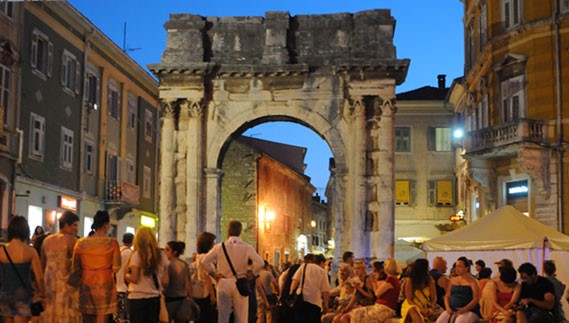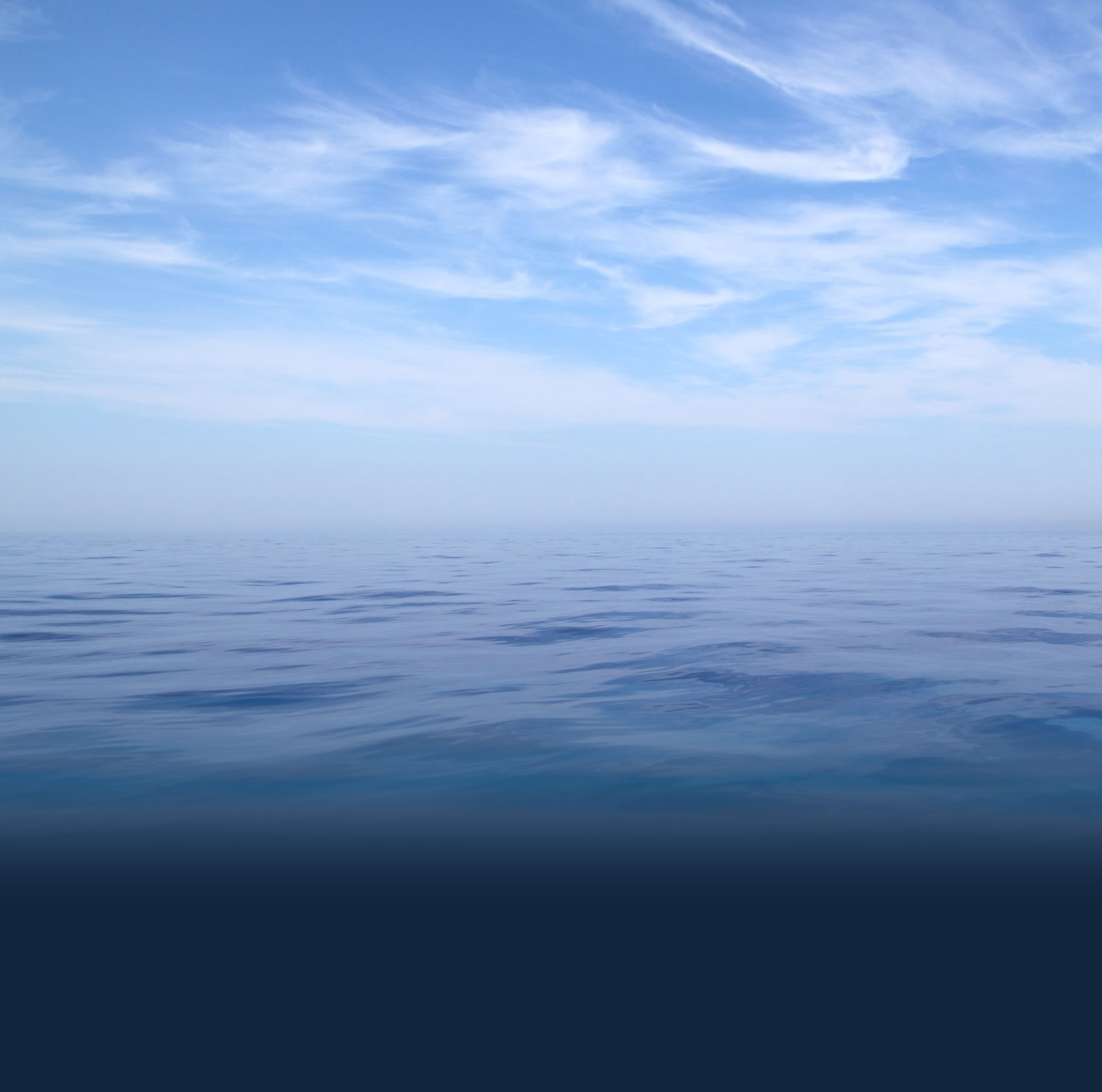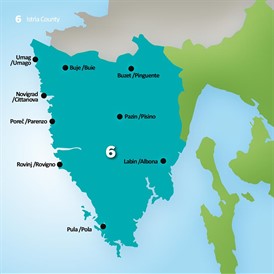

Istria County
Istria County
For the Adriatic museum partnership, the museums of Istria County definitely stand out.
Traces of all periods of world and European civilizations
For the Adriatic museum partnership, the museums of Istria County that definitely stand out are the Historical and Naval Museum of Istria – Museo storico e navale dell'Istria, Archaeological Museum of Istria and Ethnographic Museum of Istria. Each one of these museums, from its own point of view, bears witness to the fact that the coast of the Adriatic Sea, as well as its sea bed, conceals traces of all periods of world and European civilizations. The Historical and Naval Museum of Istria – Museo storico e navale dell'Istria is housed in a Venetian fortress from the 17th century, on Pula's central hill called Kaštel. This is the highest point of the historical core and the most beautiful belvedere in the city. It presents an additional asset for the rich museum holdings of about 55 thousand objects ranging from the period of the High Middle Ages to the present. Among the 18 museum collections presented to visitors through permanent displays and occasional exhibitions, especially significant are the collections of old postcards, maps, arms, uniforms and military equipment. There is also the naval and shipbuilding collection with exceptionally valuable items from the battleship "Szent Istvan" and liner "Baron Gautsch" that were sunk during World War I.















